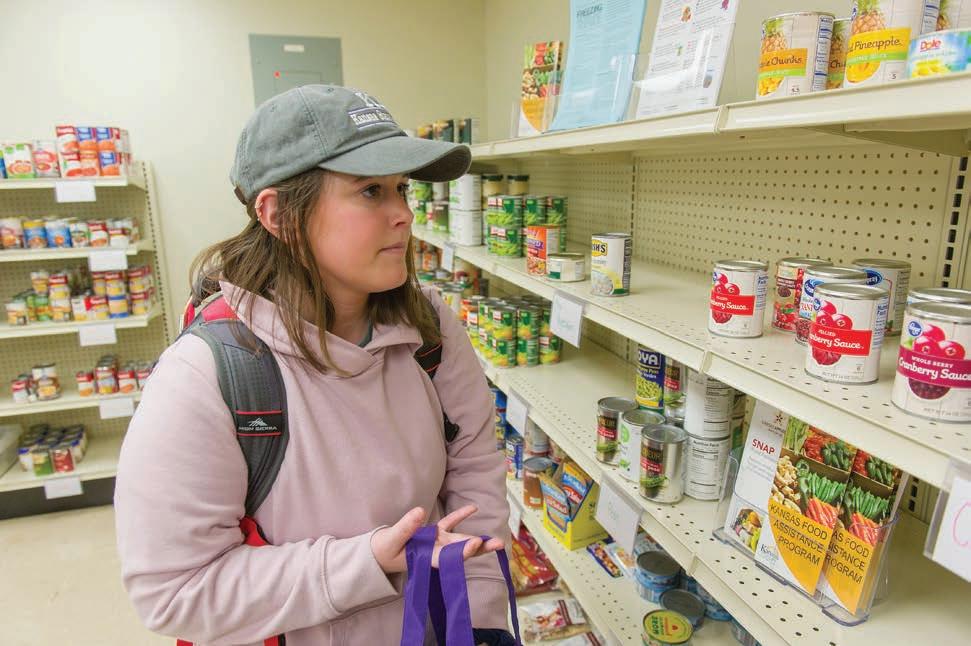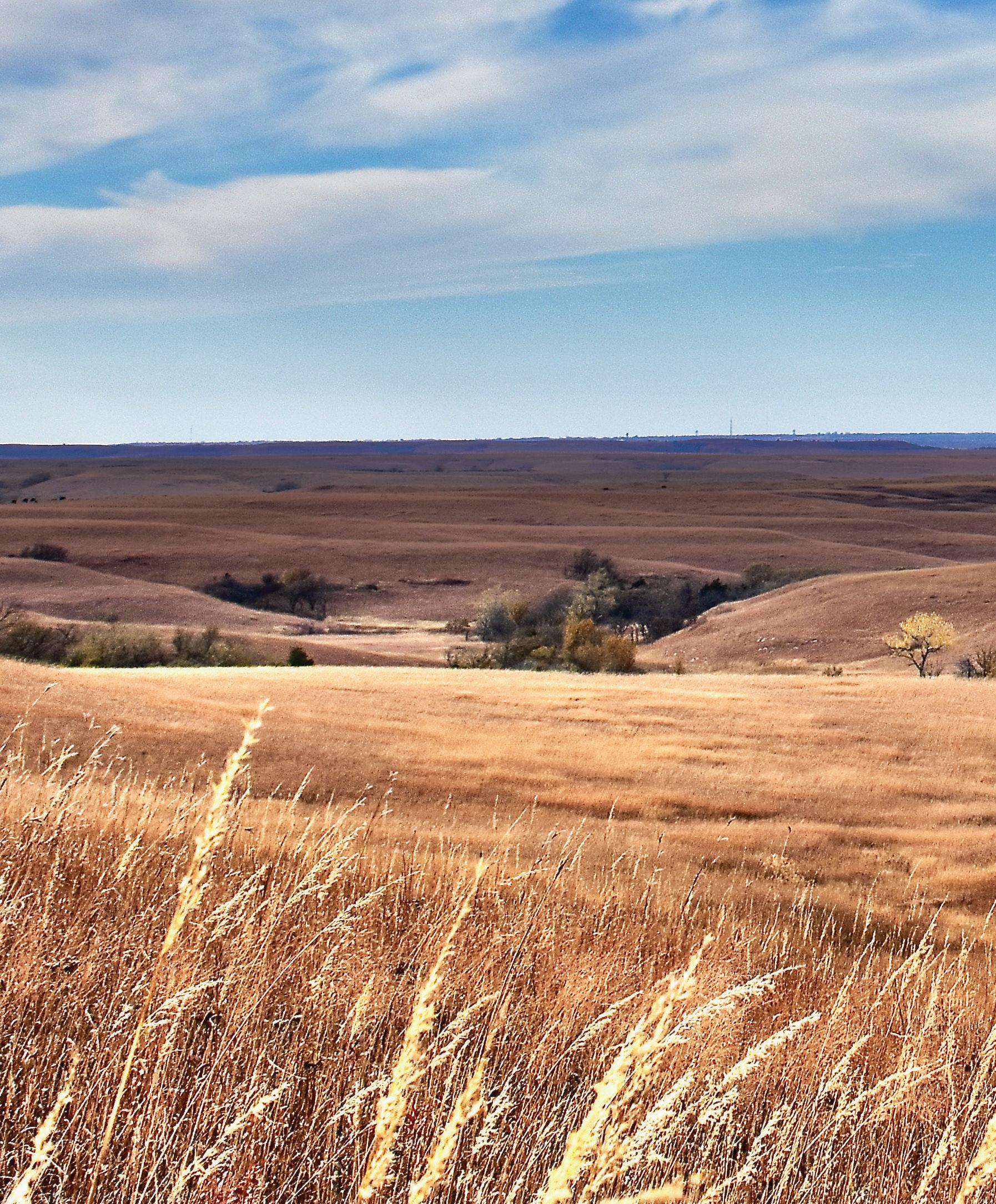
4 minute read
A BRIGHT FUTURE


Advertisement






A FUTURE BRIGHT
Tony Reames ’07 advocates for affordable energy in role as senior adviser with U.S. Department of Energy
BY ASHLEY PAULS PHOTO COURTESY OF TONY REAMES ’07
Most of us take it for granted that when we come home after a long day at work, we’ll be able to flip on a light switch, heat up the oven to make dinner, and relax in a room that’s temperature-controlled by heating or air conditioning.
However, making sure everyone in a community has access to affordable, sustainable energy that minimizes harm to the environment is a far more complicated issue than many realize. That’s why the work that K-State graduate Tony Reames ’07 is doing in his new role as a senior adviser with the U.S. Department of Energy is so important.
“Every day when we come to the office, the work we do is benefitting American citizens,” said Reames, who works in the Office of Economic Impact and Diversity. “This is a moment for us to right the course and deal with climate change. How do we make energy access equitable, affordable and clean?”
Reames draws on his past experiences in private engineering, local government and higher education as he assists the Department of Energy with its mission to carry out U.S. President Joe Biden’s Justice 40 Initiative, which dictates that 40% of the benefits from certain federal investments go to disadvantaged communities. Part of this process is researching and then identifying communities in need of aid, and tracking and measuring how these communities benefit from the initiative.
“We’re held accountable — that was a bold proclamation, very important, very timely,” Reames said. “It’s a responsibility that does not sit lightly with me.”
BEYOND THE DATA
Reames was serving in the U.S. Army and stationed at Fort Riley when he decided to pursue a master’s degree in engineering management at K-State. He was one of the early remote/distance learning students at K-State, back when classes were viewed on VHS tape instead of online. He saw the degree program as a way to combine his Army leadership skills with his undergraduate experience in civil engineering.
One of the experiences that stood out to him most was an assignment in an operations research class where he had to conduct models of employees at a plant, determining whether to lay off or add more workers.
The exercise reminded Reames of his own experiences growing up in the South, where he witnessed how textile companies leaving town could impact a community.
“It might be just numbers on a screen to you, but it impacts real people,” Reames said.
Reames has continued to focus on the people behind the data throughout his career. As he watched the growth of residential development while working in local government in Lee’s Summit, Missouri, Reames saw a need for encouraging developers to invest in sustainable infrastructure for future generations.
Then, while serving as a professor at the University of Michigan, he established the Urban Energy Justice Lab as a way to help students research racial, income and geographic disparities in energy access, and also assist community groups asking for data.
“My goal was to do good research, and do research that could help community groups advocate for themselves,” Reames said.
ENERGY FOR ALL
According to the Initiative for Energy Justice, the term energy justice refers to “the goal of achieving equity in both the social and economic participation in the energy system, while also remediating social, economic and health burdens on those disproportionately harmed by the energy system.”
TONY REAMES ’07, SENIOR ADVISER WITH THE U.S. DEPARTMENT OF ENERGY OFFICE OF ECONOMIC IMPACT AND DIVERSITY
As Reames promotes energy justice within the U.S. Department of Energy, one of the greatest challenges is recognizing past harms and addressing them so people feel their grievances are being heard, while also backing up recommended changes with data and science.
He said it is important to remember that there cannot be a “one size fits all” policy. A community where a coal mine is being shut down will need a different solution than a community seeking relief from pollution.
“We want to hear what solutions people want to see for themselves,” Reames said.
Reames sees cost as the biggest barrier to accessible energy. Partnerships between government, nonprofits and the private sector are vital for pushing forward new forms of technology, such as harvesting geothermal energy within the earth to generate electricity.
Another key factor is public education. When the government introduces new technology to make energy more accessible and affordable, how do people learn about it? Reames gives the example of a single mother working more than 50 hours a week, who does not have time to go out and do her own research on solar energy. The Department of Energy needs an easy way to bring that information to her.
While energy justice has historically been studied more in the United Kingdom, Europe and developing countries, Reames hopes more Americans will become aware of the concept and of the need for energy reform.
“We have some of those same challenges here,” he said.










